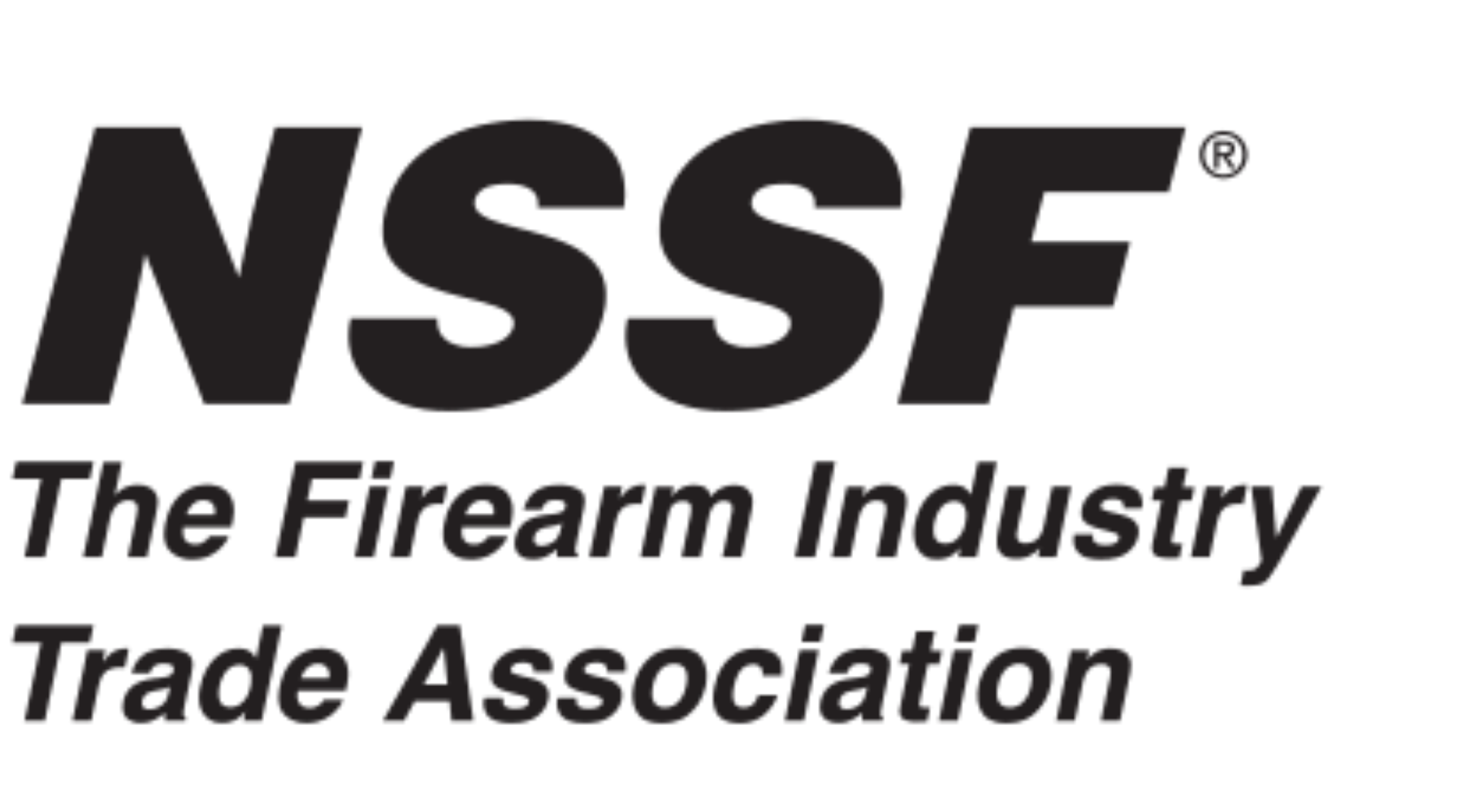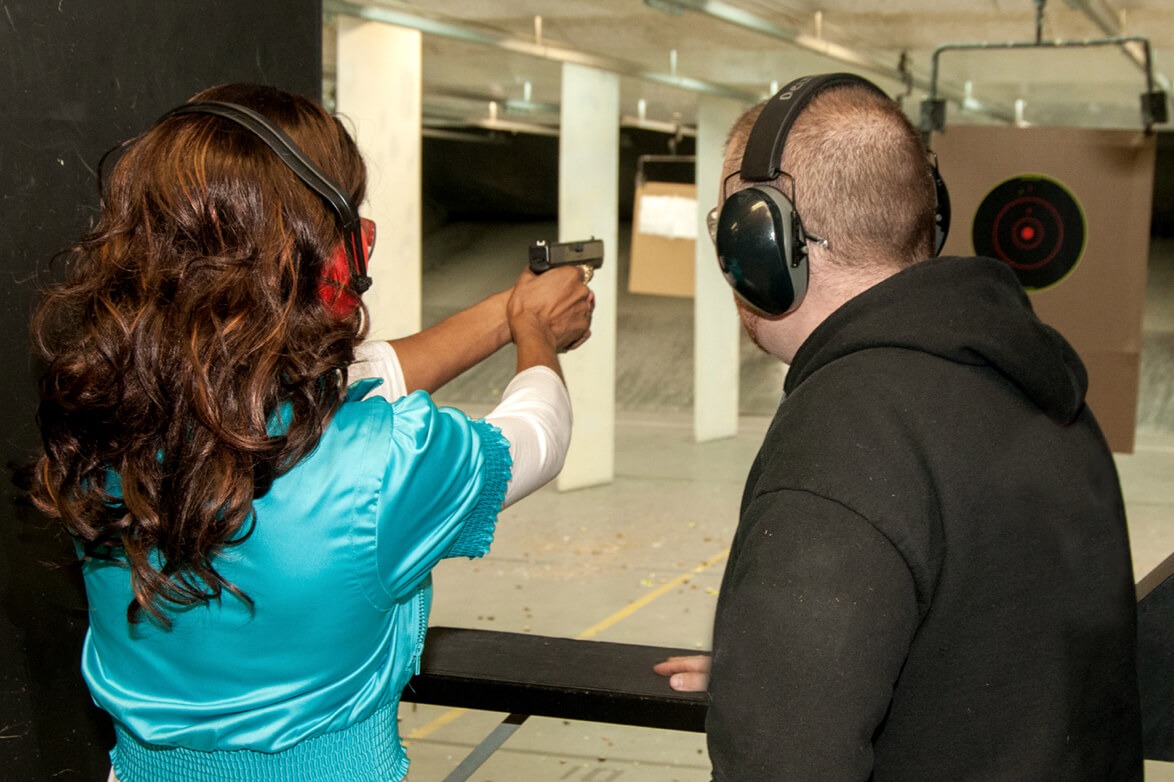 Back to News
Back to News
December 4, 2015
Key Information to Increase Hunter Participation
Editor’s Note: Over a several-month period, NSSF has been presenting a series of articles to help manufacturers, retailers, wildlife management agencies, tourism departments and others in the hunting community better understand their hunting customers. We are sharing findings of a study commissioned by the National Shooting Sports Foundation, with funding from a Multi-State Conservation Grant, and conducted by Southwick Associates. Topics covered will include hunters’ commitment to participation, churn rates and turnover of new and existing hunters, and hunters’ lifestyles and motivations for hunting. By providing a clearer understanding of hunters, we believe the hunting community can do even better in recruiting and retaining customers, boosting sales revenue and increasing conservation funding through license sales and excise taxes.

Series Article #4: Key Information to Increase Hunter Participation
Pooled data help categorize—and target—hunters, new and old
By Glenn Sapir
“Birds of a feather flock together” is an adage spoken in everyday conversation across the nation. What if you, as a wildlife agency representative or as a hunting-supply manufacturer or retailer, could identify those flocks of the population, even down to where they “roost,” so that you would know how to best communicate your message to your intended recipients, be they regular, intermittent or new hunters? The ability now exists to identify the neighborhoods and lifestyles of all types of hunters with the aid of state-of-the-art research. And what a powerful research engine it is!
Imagine analyzing 10 years of information on hunting license sales in 12 states across the nation, combining it with data from the U.S. Census Bureau, tax rolls, purchasing records and other sources and utilizing the latest in computer mapping software. With this combined data you can be gifted with a remarkable tool to hone marketing strategies and increase hunting license and product sales by identifying the many different segments of hunters that make up the market.
Whether you wish to reach areas where the various types of hunters live, or concentrate on those people who have not hunted but who represent a great potential for new participants, you can now identify those groups and their neighborhoods.
Even if you have previously boiled down your targeted license buyer or hunting-supply customer to a profile by age or geographic region, for example, you still have to account for the many variables that can occur within that profile. The lifestyles, brand choices, and hunting preferences of those that fit your targeted general profile can vary as much individually as their occupations, music and food choices and entertainment favorites.
Identifying segments of the population by those desired commonalities can help you pinpoint them, paving the way for you to provide the right marketing message and vehicles. Then, with the latest in mapping software, you can identify the actual neighborhoods, streets and household addresses where people who fit your profile actually live and reach out to them.
The premise is simple: People with similar lifestyles, attitudes and interests consume similar types of goods and services and, by extension, typically live in neighborhoods populated by similar people. Conversely, by understanding a person’s interests, preferences and lifestyles, you can identify the specific neighborhoods where other similar profiles live. With this in mind, research company Southwick Associates, using ESRI’s Address CoderTM and TapestryTM lifestyle segmentation data combined with state hunting license data, has identified the lifestyle segments that make up the U.S. hunting community.
Now, let’s review some of those findings, based on hunting license sales data from Colorado, Florida, Georgia, Maine, Michigan, Minnesota, Mississippi, Montana, New Hampshire, New York, Utah and Wisconsin.
- The top four LifeMode groups within the licensed hunter population—Cozy Country Living, Rustic Outposts, Family Landscapes and GenXurban—account for 75 percent of licensed hunters, but only 39 percent of the U.S. population. This indicates that these four groups are 92 percent more likely to hunt than everyone else in the country. Cozy Country Living—older, empty-nest, country-living outdoor-oriented, white and politically conservative—has the highest rate of hunting participation.
- Although Cozy Country Living and Rustic Outposts—“Country life with older families in older homes”—account for more than half of the hunting population, their hunting population has contracted by 2 and 6 percent, respectively, in the last 10 years.
- Other LifeMode groups—Family Landscapes, Affluent Estates and Ethnic Enclaves—in those 10 years have experienced an increase of hunters and likely represent the most potentially significant growth of hunting participation in the future.
Top Four LifeMode Segments within the Licensed Hunter Population
So, if you wish to concentrate on clusters of hunters, to retain them or to recruit new and reactivate intermittent hunters, where support of peers and a greater acceptance and enthusiasm for hunting exists, the LifeMode groups above may be your best-targeted populations. The following research results offer even more specific leads. Remember, each LifeMode group can be further narrowed down into 68 Tapestry segments.
- Southern Satellites, Green Acres and Salt of the Earth Tapestry segments are the three most common identified with hunters. Hunters are two to three times more common within these segments than within the general U.S. population. Though you can read in further detail about these segments, terms to characterize these groups would be Caucasian, outdoor recreation, self-reliance and country living.
- The top 20 Tapestry segments account for more than 80 percent of hunters. The top 10 include almost 60 percent of hunters, although they provide only 44 percent of the U.S. population.
- Rural Resort Dwellers, Rural Bypasses and Prairie Living account for a relatively small portion of the population, but are much more likely to purchase a hunting license than other segments.
The next table lists the 20 Tapestry segments that contribute the smallest proportions to the hunting population—only 2.8 percent. These ever-increasing urban and ethnic communities would be least likely to respond to traditional promotions, but with the right marketing efforts, they represent the greatest untapped population of potential hunters both now and as the U.S. population grows.
Bottom 20 Tapestry Segments among Licensed U.S. Hunters
| All states | ||||
| LifeMode | Tapestry segments | % of licensed hunters | % of U.S. population | Ratio* |
| 13 | Las Casas | 0.02 | 1.2 | 0.0 |
| 13 | High Rise Renters | 0.03 | 0.5 | 0.1 |
| 11 | City Strivers | 0.06 | 0.8 | 0.1 |
| 3 | Laptops and Lattes | 0.06 | 0.8 | 0.1 |
| 13 | Fresh Ambitions | 0.07 | 0.8 | 0.1 |
| 13 | International Marketplace | 0.07 | 1.4 | 0.1 |
| 3 | Trendsetters | 0.09 | 0.9 | 0.1 |
| 7 | Valley Growers | 0.10 | 0.4 | 0.3 |
| 14 | Dorms to Diplomas | 0.11 | 0.8 | 0.1 |
| 13 | NeWest Residents | 0.11 | 1.0 | 0.1 |
| 9 | Social Security Set | 0.11 | 0.6 | 0.2 |
| 7 | Southwestern Families | 0.13 | 1.0 | 0.1 |
| 3 | Metro Renters | 0.15 | 1.0 | 0.2 |
| 7 | Urban Villages | 0.15 | 1.5 | 0.1 |
| 11 | City Commons | 0.23 | 0.9 | 0.3 |
| 2 | Pacific Heights | 0.24 | 0.7 | 0.3 |
| 8 | City Lights | 0.25 | 1.4 | 0.2 |
| 7 | Barrios Urbanos | 0.26 | 1.4 | 0.2 |
| 2 | Enterprising Professionals | 0.26 | 1.3 | 0.2 |
| 9 | The Elders | 0.27 | 0.5 | 0.5 |
| Total | 2.77 | 18.90 | ||
*Ratio is calculated as the % licensed hunters/% of U.S. population
Contrast the above chart with the one below, which shows the top 20 Tapestry segments among regular, intermittent and new hunters. This gives you an idea of where approximately 80 percent of hunters live.
Top 20 Tapestry Segments Among Regular, Intermittent and New Hunters
| Tapestry segments | Regular hunters | Intermittent hunters | New hunters |
| Southern Satellites | 11.1 | 10.7 | 9.6 |
| Green Acres | 8.1 | 7.6 | 7.2 |
| Salt of the Earth | 6.4 | 5.9 | 5.4 |
| Middleburg | 5.7 | 5.4 | 4.7 |
| Rooted Rural | 5.5 | 5.5 | 5.5 |
| Rural Resort Dwellers | 5.5 | 5.2 | 4.8 |
| Rural Bypasses | 5.4 | 5.6 | 4.9 |
| The Great Outdoors | 4.8 | 4.6 | 4.3 |
| Soccer Moms | 4.3 | 4.1 | 4.2 |
| Prairie Living | 4.1 | 3.6 | 3.6 |
| Savvy Suburbanites | 2.9 | 2.9 | 3.0 |
| Comfortable Empty Nesters | 2.7 | 2.7 | 2.7 |
| Heartland Communities | 2.7 | 2.7 | 2.6 |
| Up and Coming Families | 2.3 | 2.5 | 2.9 |
| Midlife Constants | 2.3 | 2.4 | 2.4 |
| In Style | 1.9 | 2.1 | 2.3 |
| Rustbelt Traditions | 1.7 | 1.9 | 1.9 |
| Exurbanites | 1.5 | 1.6 | 1.6 |
| Old and Newcomers | 1.5 | 1.7 | 1.9 |
| Down the Road | 1.3 | 1.5 | 1.3 |
| Total | 81.6 | 80.0 | 76.8 |
| If you wish to see a detailed description of these LifeMode groups and Tapestry segments, visit http://doc.arcgis.com/en/esri-demographics/data/tapestry-segmentation.htm. A capsule description of the relevant groups and segments is in the Appendix of the full technical report. The top LifeModes and Tapestry segments providing the largest shares of hunters are presented here. |
| Key Take-Aways |
|
- Fairly consistent with the information on the tables above is the rate of turnover or churn, that is, when a licensed hunter does not renew the next year. The lowest levels of churn occur where the largest portion of licensed hunters lives. Hunters have a greater support group among their peers. Conversely, the highest churn rates account for a very small—less than 1.5 percent—of the hunting population and are least likely to respond to retention efforts, even though the composition of those hunters is very diverse—urban, minority and low income, as well as young, professional, mobile, urban and often single.
The challenge, of course, is to find the right messaging to decrease the churn rate in these populations and increase hunting participation and, consequently, industry consumers. The advantage that this new research technology provides is the ability to develop a deeper understanding of the hunting population and more effectively manage your outreach efforts. The ESRI Address CoderTM and TapestryTM software can help you identify critical segments in your state and/or target markets. For further assistance, contact Nancy Bacon at [email protected].
Categories: R3










